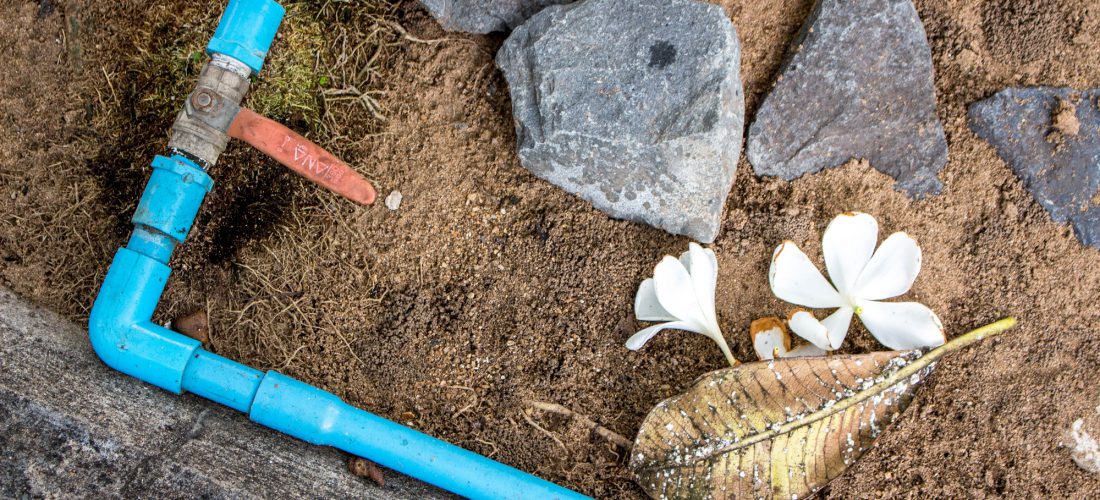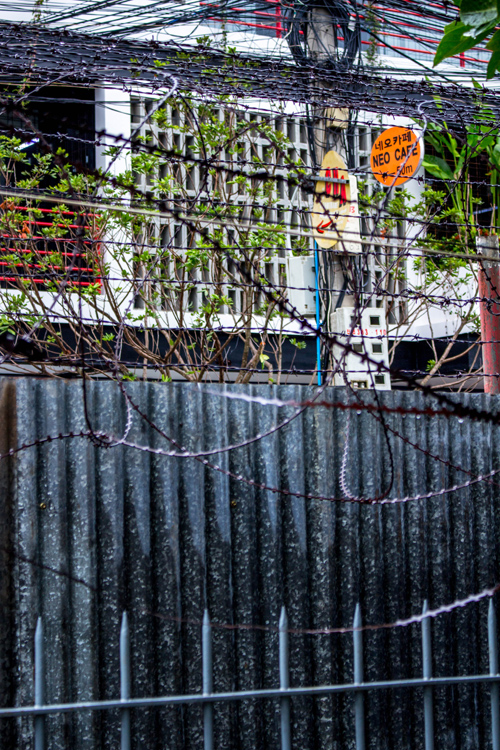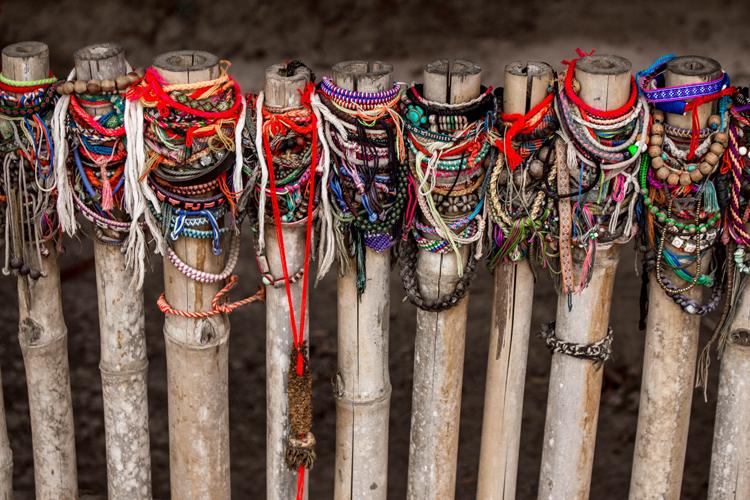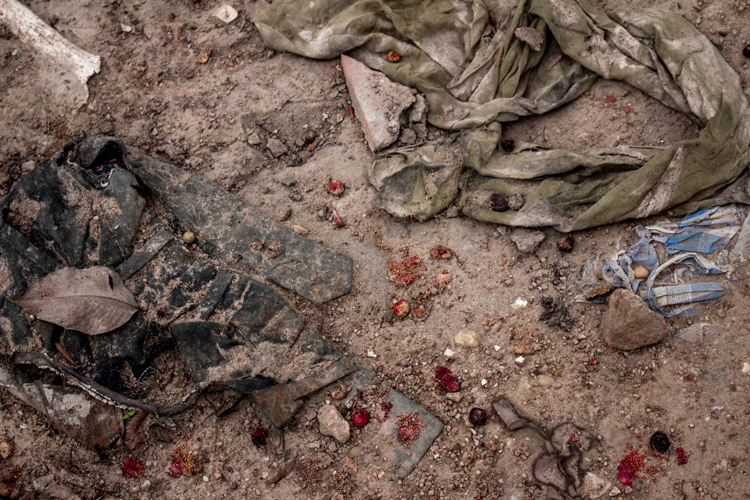Probably the most infamous tourist attractions in Phnom Penh and what most backpackers come to see. Tuol-Sleng Genocide Museum and Choeung Ek // Killing Fields. Although it is quite sad that such a dark period of time attracts most of Phnom Penh’s visitors, it is nonetheless important that as many people as possible can learn about mistakes made in history. Understanding Cambodia’s past is the key to understanding Cambodia today.
Following the Vietnam War that also deeply affected Cambodia (farmers still die today due to landmines) and the civil war in the seventies, Cambodia entered its darkest period during the reign of the Khmer Rouge. Striving to get back to “Year Zero” and eliminating city life, academics and artists to start a new society, the regime managed to kill one fourth (!!!) of the population between 1975 and 1979.
Two million victims died during a reign of fear and terror. Amongst the victims were teachers, people who spoke a foreign language, people who wore glasses and so on. After the fall of the regime, the consequences are still felt deeply in the country, even today. After all, how do you rebuild a country with nobody left to rebuild it?
Once called Switzerland of South East Asia due to its thriving economy, today’s Cambodia – as a least developed country – is still far behind its neighbors, struggling for change.
Tuol-Sleng is a former school building turned prison where most of the interrogation and torture took place. An audio-guide tells gruesome stories of that time, and it gives a lot of information about the Khmer Rouge. I think it is most logical to visit the S21 Prison first and then the Killing Fields as the information at the prison is more generic and a foundation for the information given at the Killing Fields. However, most tuk-tuk drivers do the Killing Fields first and then go to the prison.
The Killing Fields 15km from central Phnom Penh is where most of the victims were killed. Monuments remind us of the crimes committed and serve as a warning to all people to never repeat the same mistake again. There is not much to see (and it’s better that way) but the audio-guide tells a lot of stories about this place. There is a tree where brain material from babies was found on the bark and mass graves with pieces of bones. A lot of human traces are still buried underground. A group that visited during a rainy day told me they could see bones being washed out from the soil. A stupa in the middle of the grounds holds the collected skulls and bones from the site.
A visit to those sites tells you more than any textbook ever will. Cambodia is shaped by its past, but thankfully this dark period is not the only thing that defines it.
April 2nd – 5th 2017










